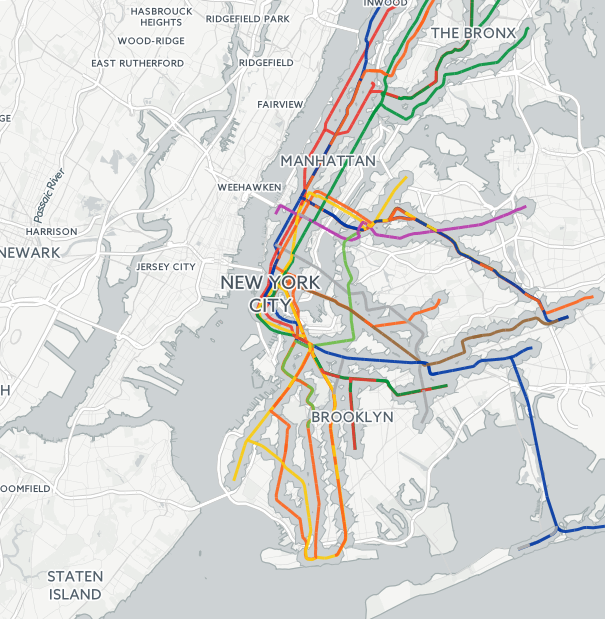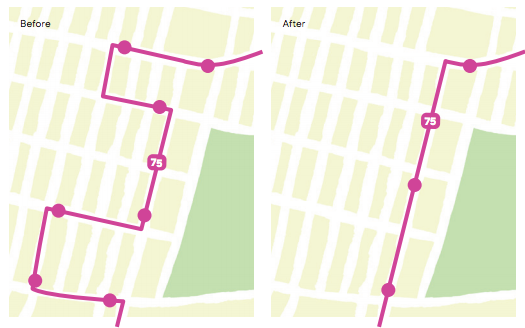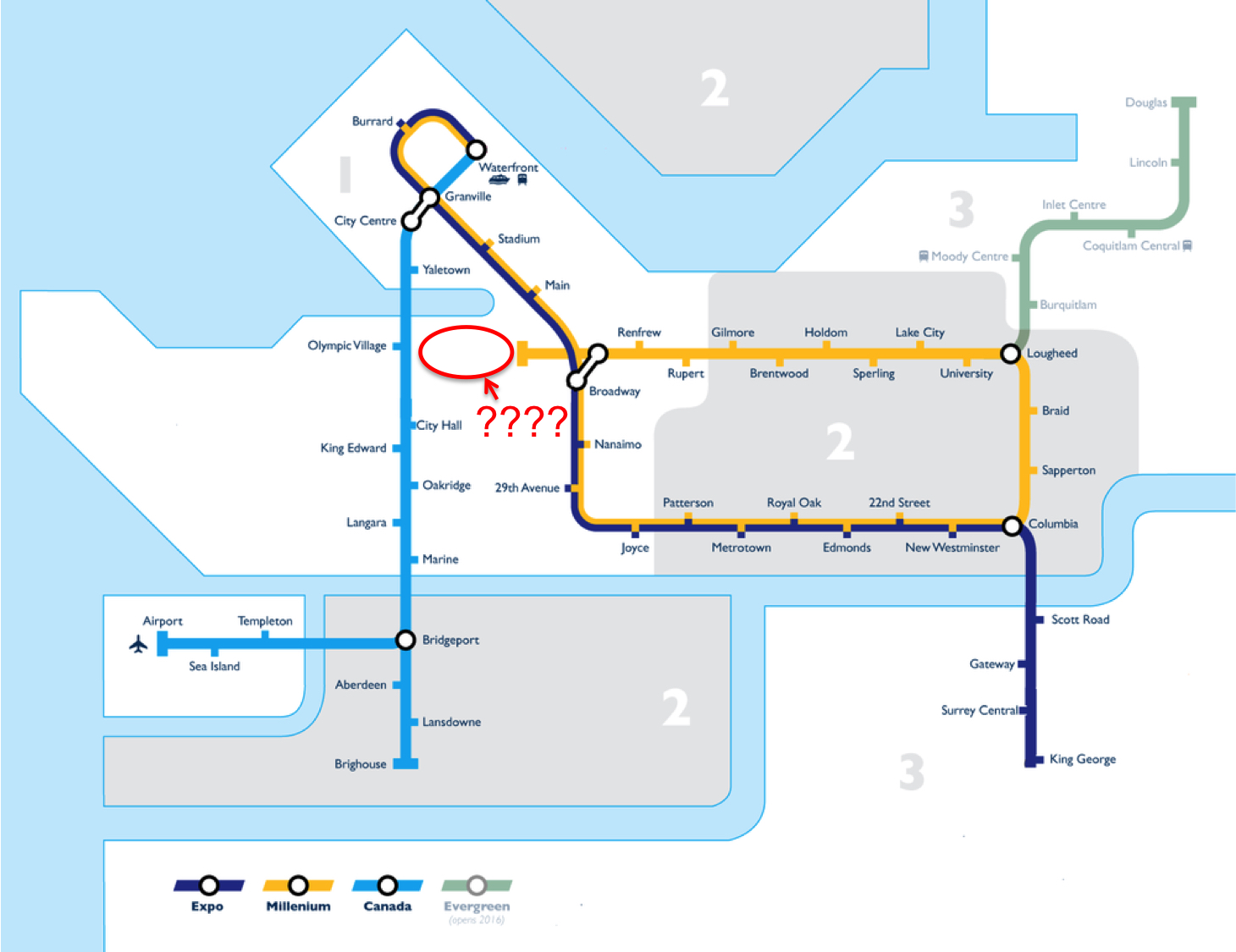David Moss is a Detroit-based freelance transportation writer. When he is not writing about vehicle technology, he spends his time hiking. You can reach him at @davidcmoss
Buses driving autonomously might seem like something from science fiction but the technology is developing fast, and is actually in practice, or at least in a trial phase, in a number of cities all across Asia, Europe and North America.
The most important finding is that while European and American driverless trials are for very small buses – too small to be transformative to the larger public bus market – larger buses are now also under development, in China and also in a recent announcement by Mercedes. If perfected, these large buses would have the potential to dramatically increase the quantity of transit service that agencies could afford to offer.
China
While there has been a heated debate in the United States over driverless vehicles, China took the initiative by developing a self-driving bus that completed a 20 mile trip through the city of Zhengzhou in August of 2015. Using a variety of sensors, cameras and an integrated navigation system, this bus was able to roll through the streets of Zhengzhou at a top speed of about 42 miles per hour.
This remarkable achievement was the end product of a three-year trial conducted in the city by Yutong—a Chinese bus company and the creator of the bus. This company, along with the Chinese Academy of Engineering, has shown that it is possible to put a driverless bus on the road and do it safely. However, while this test was impressive, it’s still going to take additional testing before a full-scale rollout can begin nationwide. Fortunately, that is currently in the works as the Chinese tech firm Baidu has recently unveiled a five-year plan to introduce a variety of autonomous vehicles at the streets of Wuhu.
While Google believes that the first truly autonomous vehicles to be used full time on the road will be taxi cabs, Baidu believes that the future of this technology is in driverless buses and/or shuttles. Although it should be said that their five year plan not only focuses on autonomous buses and vans, but on cars as well.
Singapore
A few years ago, Singapore launched the Singapore Autonomous Vehicle Initiative (SAVI)—a joint partnership with the Land Transit Authority and A*STAR – whose primary goal is to research and develop autonomous vehicle technology.
SAVI has currently partnered with MIT on improving public transportation systems in urban areas by using autonomous vehicle technology. Several trials will take place this year, and the test route has already been planned to test the efficacy of driverless technology solutions. This study, which is expected to take about two years to complete, will end in 2018—at which time the public is expected to have full use of driverless transportation technology.
Greece and Switzerland
Greece also tested a small driverless bus in the town of Trikala—a rural community nestled in Northern Greece. Their trial lasted from October 2015 until February 2016, and featured a ten-passenger bus that could navigate the streets at a speed of about 12.4 miles per hour. In Switzerland, two driverless “SmartShuttles” are currently being tested in the Old Town of Scion. They are currently carrying passengers for free. The trials will continue over the next two years.
The United Kingdom
London unveiled plans to introduce autonomous bus-like vehicles this year. This plan—part of the Greenwich Automated Transport Environment Project (GATEway)—will utilize driverless shuttles that will be first tested on the streets of Greenwich—around the O2 Arena, several residential areas and the North Greenwich tube station. Currently, the Heathrow Airport shuttle operates between the business car park and terminal five. Seven of these shuttles will be modified for use in these trials, which are slated to begin later this year. If the trials prove to be successful, then people can expect to see completely autonomous shuttles used for everything from transportation to automated deliveries.
Belgium and Sweden
Belgium is also working on its own autonomous transit system that is due to be launched in 2018. This project—which is a joint partnership between the Belgium public transport operator De Lijn and the Brussels Airport Company—will feature driverless buses that are expected to transport passengers and airport staff around the airport.
In April of 2016, Sweden also conducted a trial on driverless bus technology, completed by Ericsson, a Swedish IT company that operated minibuses using 5G technology. However, their plan is not only to have autonomous electric vehicles transporting passengers, but also to develop a whole system of vehicles working together in a highly efficient transportation hub.
United States
The Bay Area is ground zero for autonomous buses in the United States. San Francisco has developed a detailed plan for driverless vehicles on its roads, a system that will use both buses and shuttles. And a Bishop Ranch business park in San Ramon, California is initiating a pilot program in the summer of 2016 that will use two EZ10 pods to relieve traffic congestion in the area.
The Future of Driverless Bus Technology: Benefits and Concerns
Driverless technology may well be the wave of the future. And there are several reasons why that is the case. The vehicles in question are good for the environment because they are all electric and in full use they will dramatically reduce a city’s oil consumption. They are also safer than human driven vehicles. Some studies have also shown that driverless vehicles are more efficient and will increase the flow of traffic—particularly in congested areas. But most importantly, they would allow transit agencies to make bus service dramatically more abundant, by severing the link between operating costs and labor costs that constrains all bus operations today.
It is also clear that many people have concerns about driverless technology. There are still many that believe that driverless buses are unsafe.
Certainly, there will be labor resisitance to automation, though history shows that automation usually prevails in the end. While the jobs of some drivers will indeed be lost due to the adoption of this technology, that will be offset by an increased need for other specialized workers. More mechanics, programmers and technicians will be needed to maintain driverless buses and keep them operating correctly.
However, so far, autonomous vehicles have proven to be safer than manned vehicles. That’s because they eliminate the “human error” factor common in many accidents. And while some people are still concerned about these vehicles’ reaction time, sensor arrays and vehicle safety technologies are improving continuously.
There are still, among other things, liability issues to be ironed out and there are too many public fears to be pacified. However, we can expect that eventually, driverless buses—like driverless cars—will be a common sight on our highways and roads.









